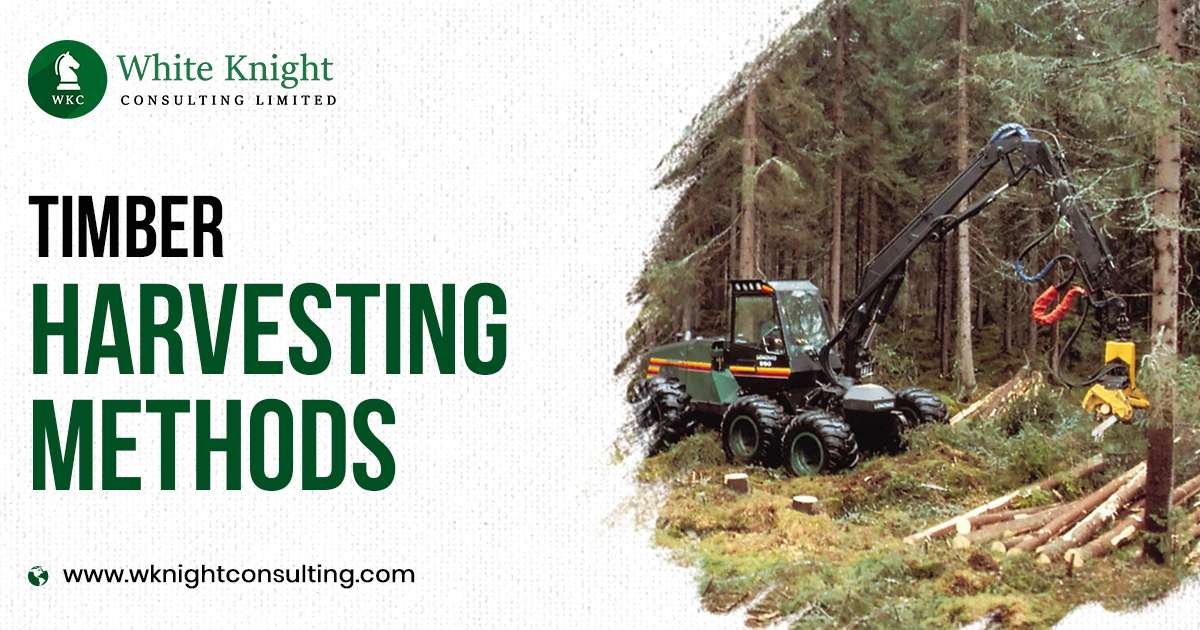Timber harvesting refers to the practice of cutting, moving, and storing timber for commercial use. In modern times, the word harvesting is often used in terms of sustainable forest management practices, where forests are grown according to careful planning to ensure their harvesting has a minimal negative impact on the environment and/or wildlife.
Irresponsible timber logging may result in the permanent loss of valuable timber species and a significant impact on the environment and wildlife, which is why authorities such as the Forest Stewardship Council (FSC) have been formed to overlook and ensure sustainable timber harvesting practices governed by strict rules to protect and preserve our valuable forests.
In this article, you will learn about the various timber harvesting methods and the stages of a typical wood harvesting process.
Why Is Responsible Timber Harvesting Important?
- Sustainable harvesting of wood promotes the natural regeneration of forests by freeing up more space for new forests.
- Managed harvesting can be used to grow a variety of native tree species to boost natural habitat conditions for wildlife.
- Controlled wood logging ensures trees fully mature before they are felled for timber.
- Forests as well as harvest residue (remains of trees) make wonderful habitat conditions for the growth of a variety of wildlife species.
- It involves selective marketing of trees to harvest, which can boost the overall quality of forests and ensure consistent production of valuable timber.
- A continual source of income for those whose livelihood depends on forests and forest products.
- It promotes productivity and efficiency in timber growth by allowing each tree to have proper access to nutrients and space to grow freely and widely.
- The continued but managed harvest of wood can ensure a continuous supply of essential lumber for use in a variety of consumer applications and products.
- Meticulous handling of sick and old plants to create better growth conditions for healthy trees.
Choosing the Right Timber Harvesting Methods
There are a range of sustainable timber harvesting and forest management methods used in different locations and based on different conditions. Here are some of the top or most popular wood harvesting systems out there:
1.Clear-Cutting
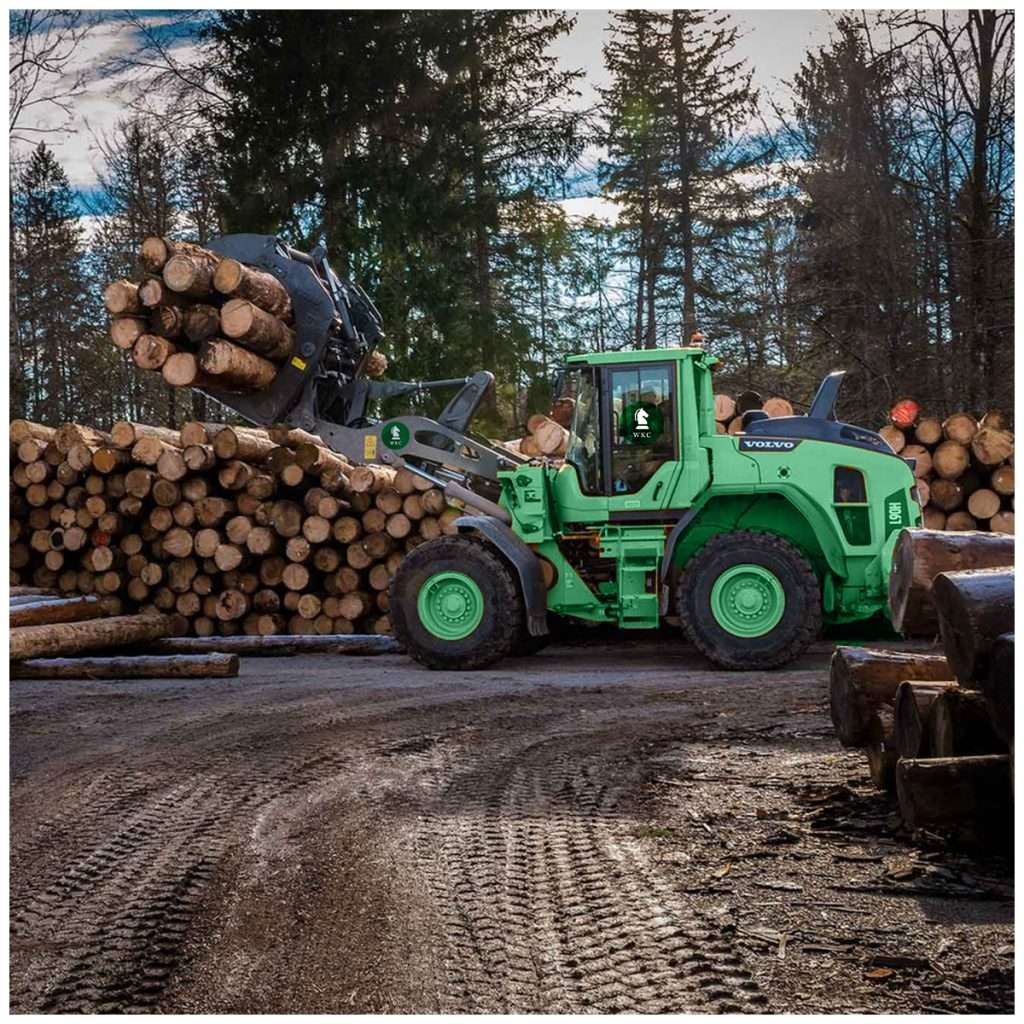
Clearcutting is a timber harvesting method used mainly for forests that require maximum sunlight for the proper growth of their seedlings.
Timber species such as paper birch and jack pine need abundant light to grow really well, which results in their rapid and incredible growth. foresters play a crucial role in ensuring that these trees receive the necessary light and nutrients to thrive, as they are responsible for managing and maintaining forests for sustainable use.
Clearcutting involves levelling the land completely by felling all trees and shrubs to allow for the regeneration of new species.
It happens through natural processes such as wildfires, windstorms, and floods or can be done manually using forest-cutting methods. n some cases, these disturbances can lead to the formation of distinct groups of trees.
Before human intervention, natural methods such as wildfires and floods were the only way to clear forests. However, these clear-cutting methods have their drawbacks as they cause significant loss to wildlife and humans.
This is why the human approach to clearing forests for forestry harvesting with a focus on sustainability is better as it lacks the negative impacts of natural events and is a more economically and ecologically feasible approach to clearcutting without extensive damage.
Today, forest land can be cut using advanced methods to make it fit the specific ecological requirements of forest types including exposure to full sunlight with minimal damage and maintaining sustainable forest management practices.
2. Shelterwood
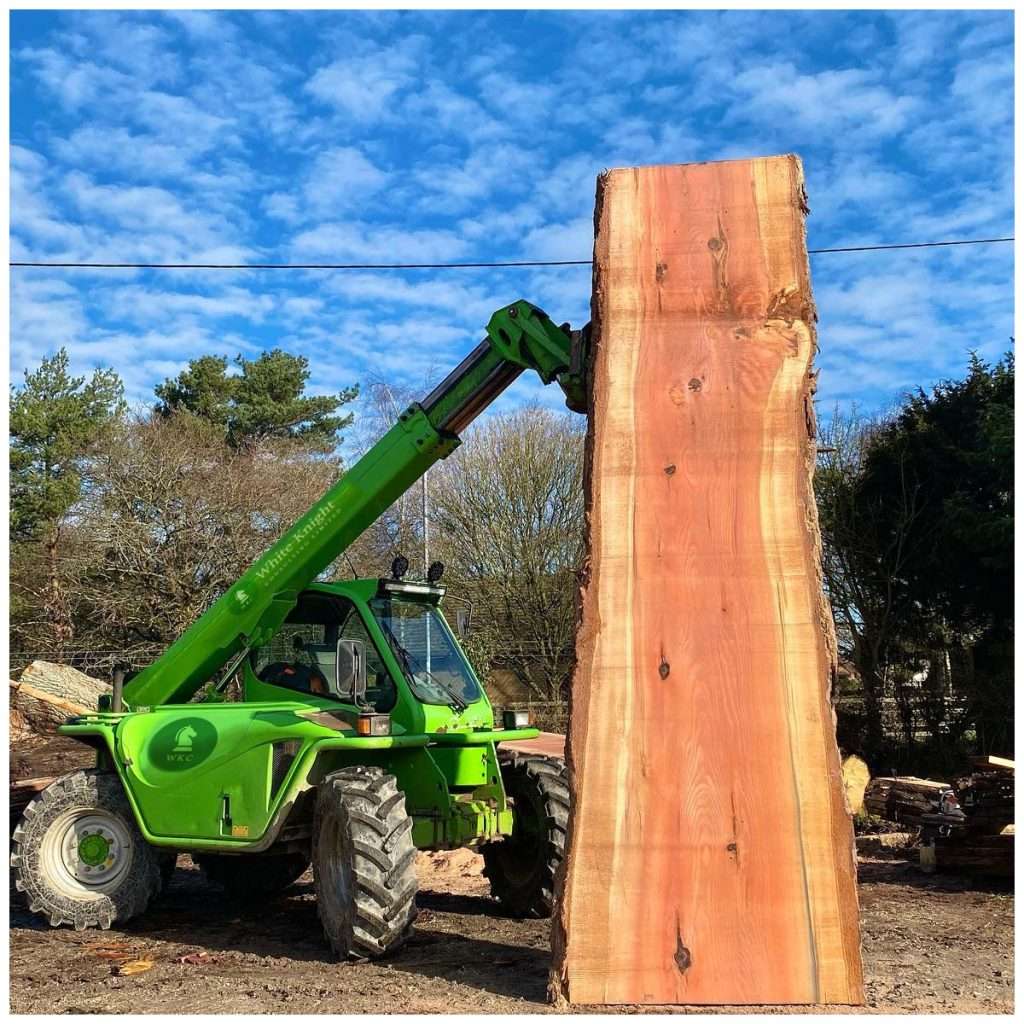
The shelterwood system represents a middle ground between clearcutting and the selection technique of timber harvesting. It involves removing trees in a series of cuts over a period of time, typically 10-20 years, until the desired level of regeneration is achieved on the acre of land.
Moreover, it creates optimal conditions for the regeneration of the next species and facilitate the new forest growth including the growth of young trees.
The remaining parent forest, including mature trees, is continued to be harvested until it is fully cleared. Shelterwood harvesting, which involves leaving some trees behind to provide shelter for new growth, is commonly used for species like red oak and white pine during timber harvest.
3. Selection Systems
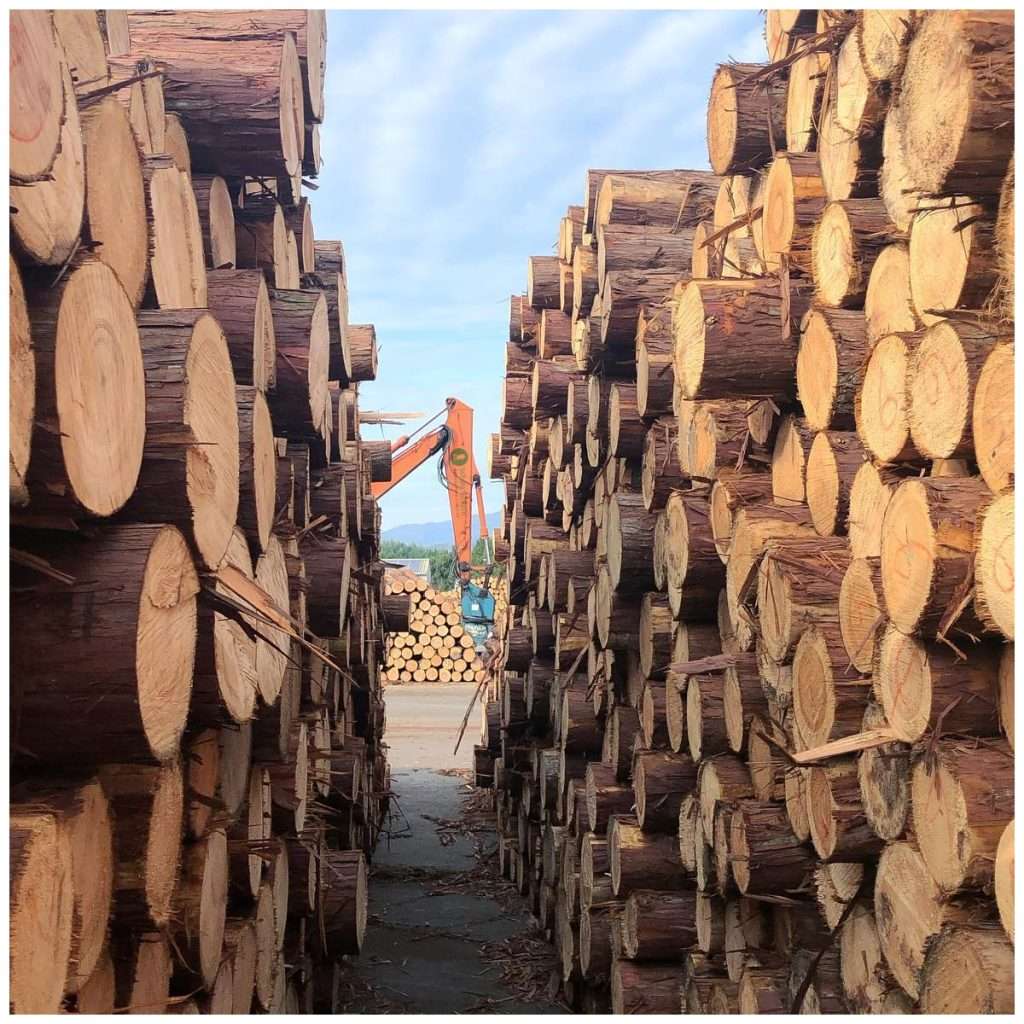
Selection harvesting, also known as selective logging, is an extremely beneficial but least understood and somewhat complex system of timber harvesting that is mainly used to manage dense forests.
The method involves removing certain trees based on factors such as risk, age, size of the canopy, and lower usability, while other with higher potential are preserved.
In other words, bad trees are removed systematically while preserving good ones. This helps improve the overall quality and value of the forest.
One benefit of this method is that the removal of certain trees allows more space for others to grow.
Removal of some trees also allows more light to reach the ground and remaining trees, nurturing their health and wellness. Exposure to sunlight also helps with the growth of seedlings.
The success of selection harvesting depends on a number of things including the method of selection and how effectively it is performed.
There are, of course, some risks associated with this method. Harvesting the wrong trees or using bad selection methods can result in significant harm to the forest.
It is also crucial to determine whether a forest can survive in the remaining conditions after selection-harvesting specific trees.
There are two common methods of selection harvesting: group selection and single-tree selection.
Group Selection is a timber harvesting method where small-scale stands or forests are systematically removed over several decades.
The size of the area to be cleared depends on the type of tree species to be planted. Smaller areas, for instance, are suitable for shade-tolerant trees.
For trees or plants that require constant exposure to the sun, larger spaces are cleared.
Single-Tree Selection is the most critical but complex timber harvesting method. It involves removing individual trees based on their maturity (age), quality, or usefulness.
This approach allows for the continuous production of high-quality wood while boosting the growth of the remaining plantation.
This method of wood harvesting is particularly suitable for small areas with trees that are shade-tolerant. This is not particularly ideal for trees that need exposure to the sun.
4. Seed Trees
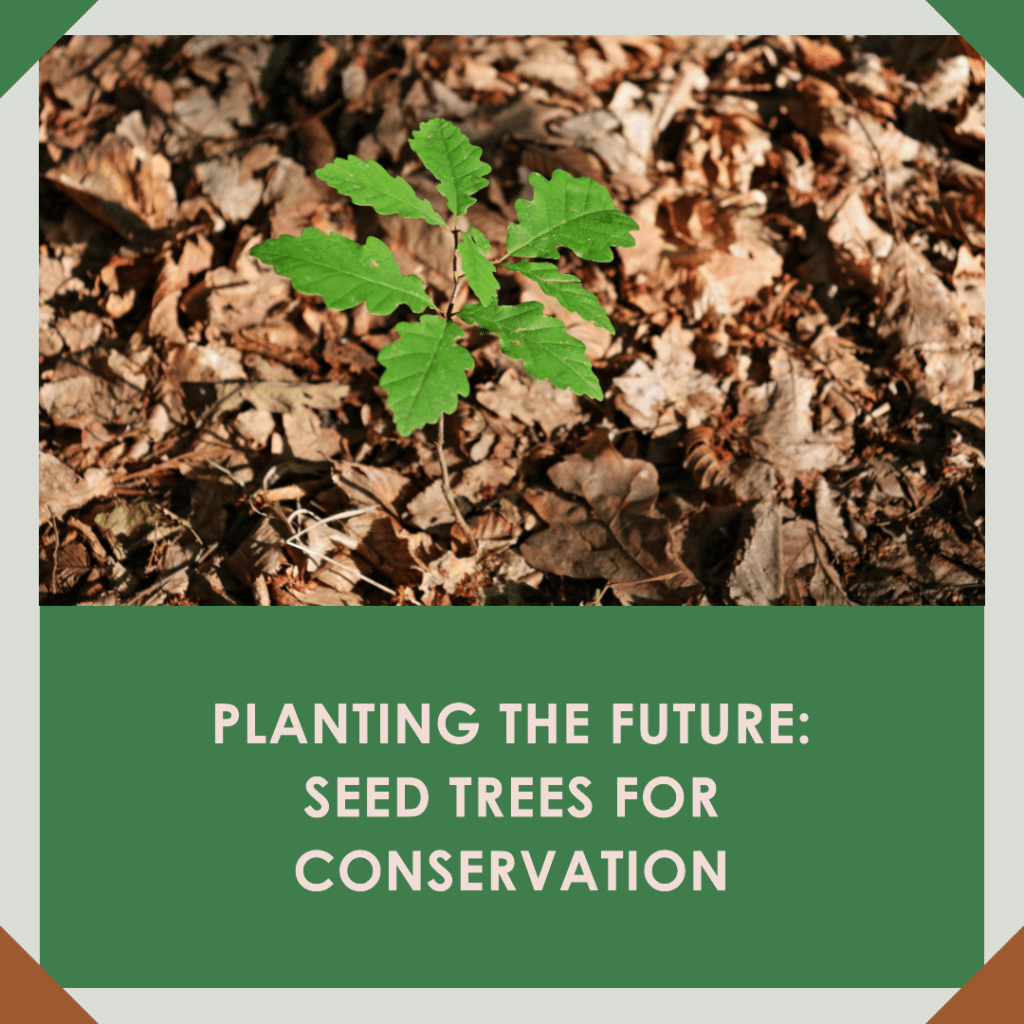
In this approach, harvesting areas in a forest are cleared while leaving around five or more trees situated at plenty of distance from each other.
These trees are intended to naturally provide seeds for reforestation. The space between trees allows for the proper growth of new plants. As trees get older, they can become potential habitats for woodpeckers.
This method of timber harvesting is ideal for wood species that grow fast, have a large number of seeds, and are resistant to wind.
The common misconception that cutting trees is not good for the environment or has detrimental effects is not entirely backed by logic.
Wood is a renewable resource and forests can be regenerated seamlessly. In fact, harvesting allows for the creation of optimal conditions for the regeneration of new timber species.
Harvesting and wood processing have limited environmental impact compared to other non-sustainable products.
Timber Harvesting Process
There are typically three stages in the process of timber harvesting: preparation, operations, and post-harvesting.
- Preparation
In the preparation stage, various activities are performed in relation to lumber harvest.
These include creating detailed maps of the area, conducting a forest inventory, mapping and marking trees (to be felled), planning for transportation complexities, and defining protected areas for safe storage.
These initial preparation steps help optimise resources and ensure efficient completion of the harvesting process.
- Harvesting
This stage begins with choosing the right machinery based on the type of trees and other factors and with the goal of minimising environmental impact.
The choice of machinery also depends on the method of timber harvesting. Cutting machines are used for felling trees and trucks are used for transporting them.
Proper construction and maintenance of roads are ensured to cut costs and improve efficiency based on environmental conditions.
When harvesting timber, several things need to be considered. These include but are not limited to the timing of timber harvesting for the best results, minimising soil impact during log removal from the ground, worker safety, and the environmental impact of logging and transportation.
- Post-harvesting
At this stage, measures are taken to minimise the negative impact of timber production. This includes proper planning of forest regeneration, maintaining the soil quality, managing water movement, restoring vegetation, cleaning up after harvesting, reducing carbon footprint when transporting timber, and preparing a detailed report of the inventory and the forest’s condition post-harvesting.
The success of wood harvesting greatly depends on the methods, along with planning and execution while following sustainable practices.
Sustainable timber harvesting methods are the best way to minimise environmental impact and increase the efficiency of the process while maintaining biodiversity to achieve the desired goals and product.
To know more about sustainable wood harvesting practices or to buy sustainably-harvested timber online, contact White Knight Consulting Ltd.
